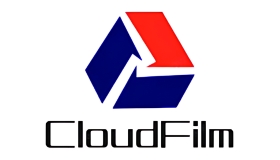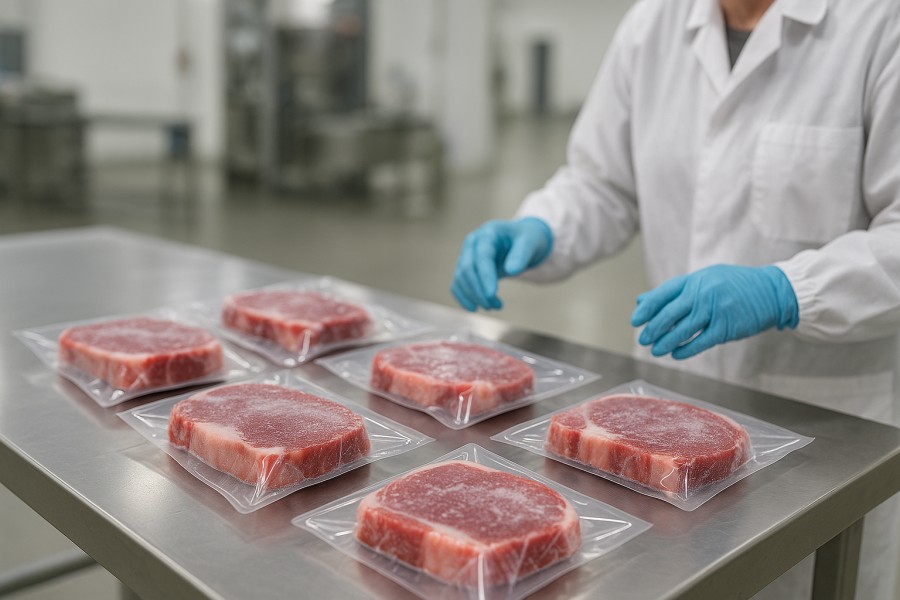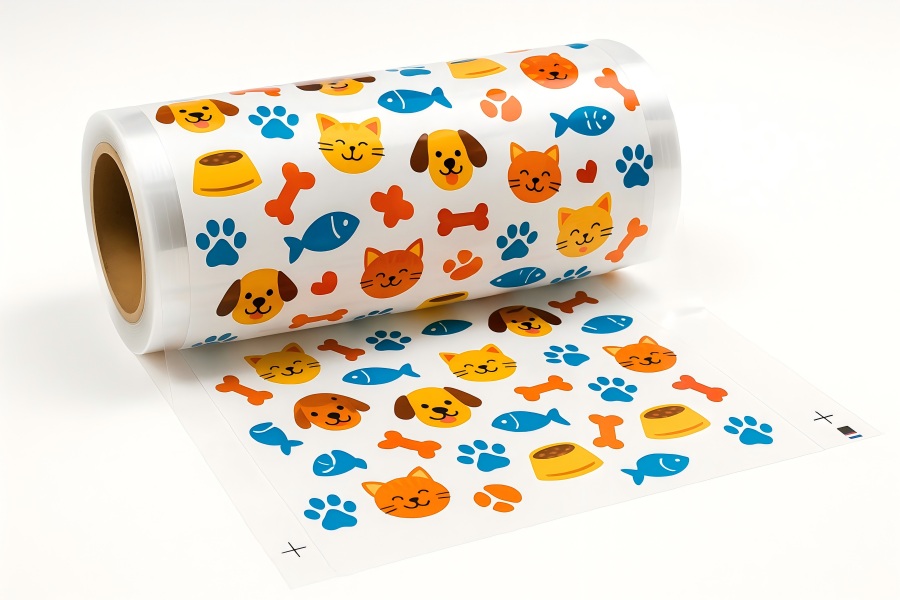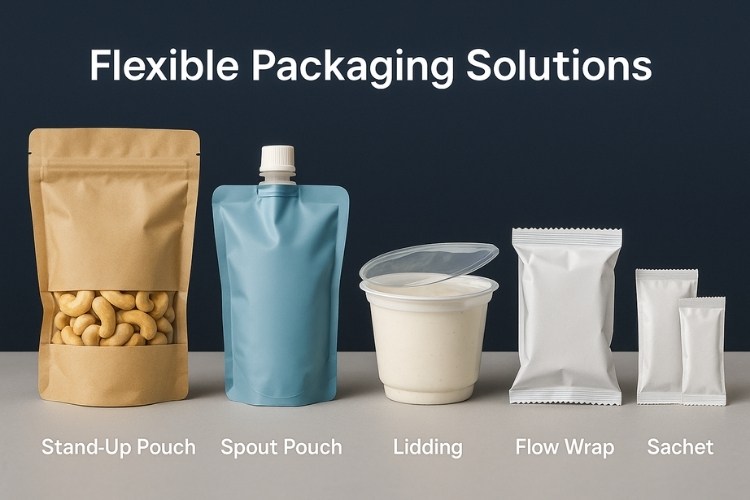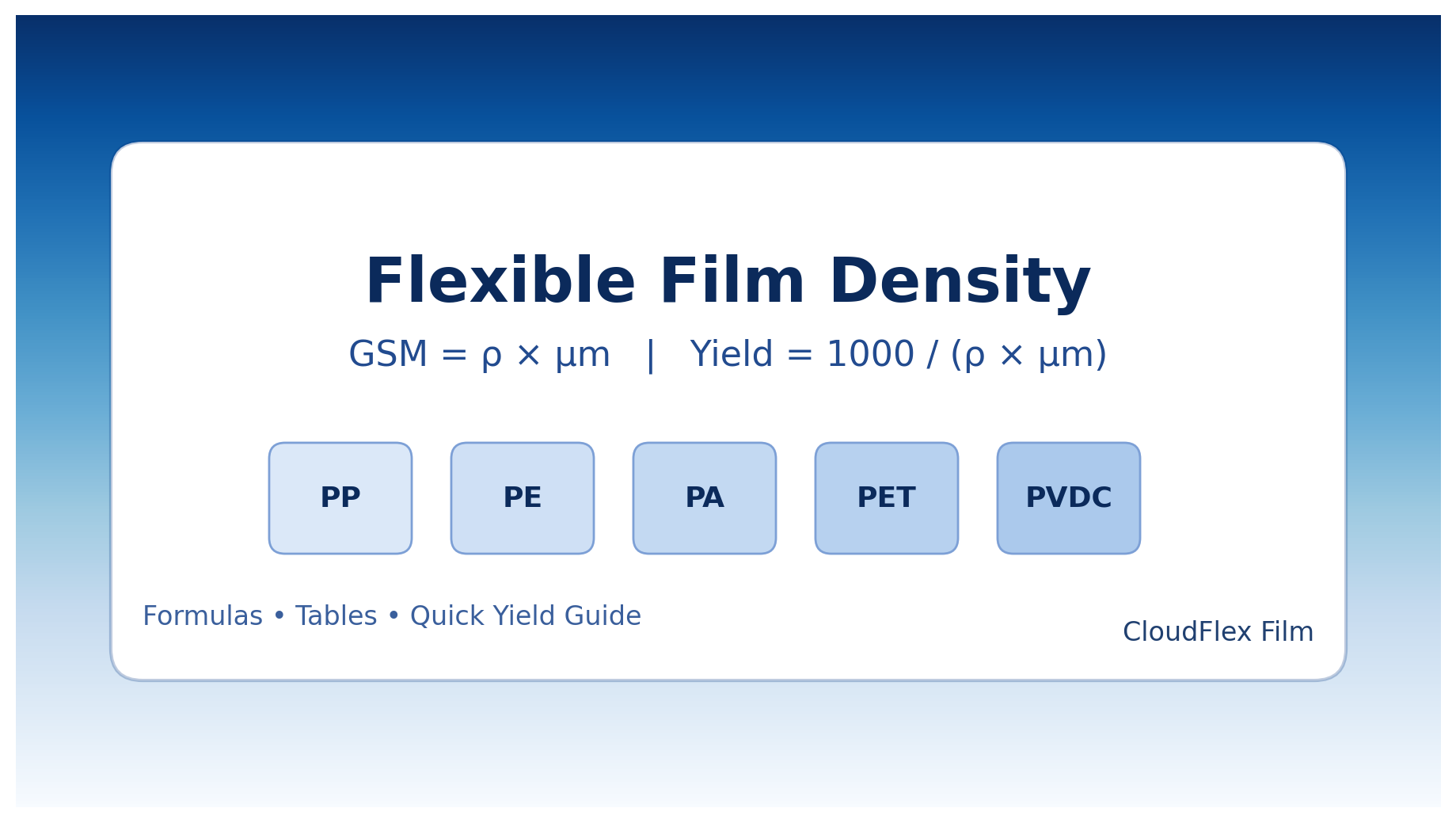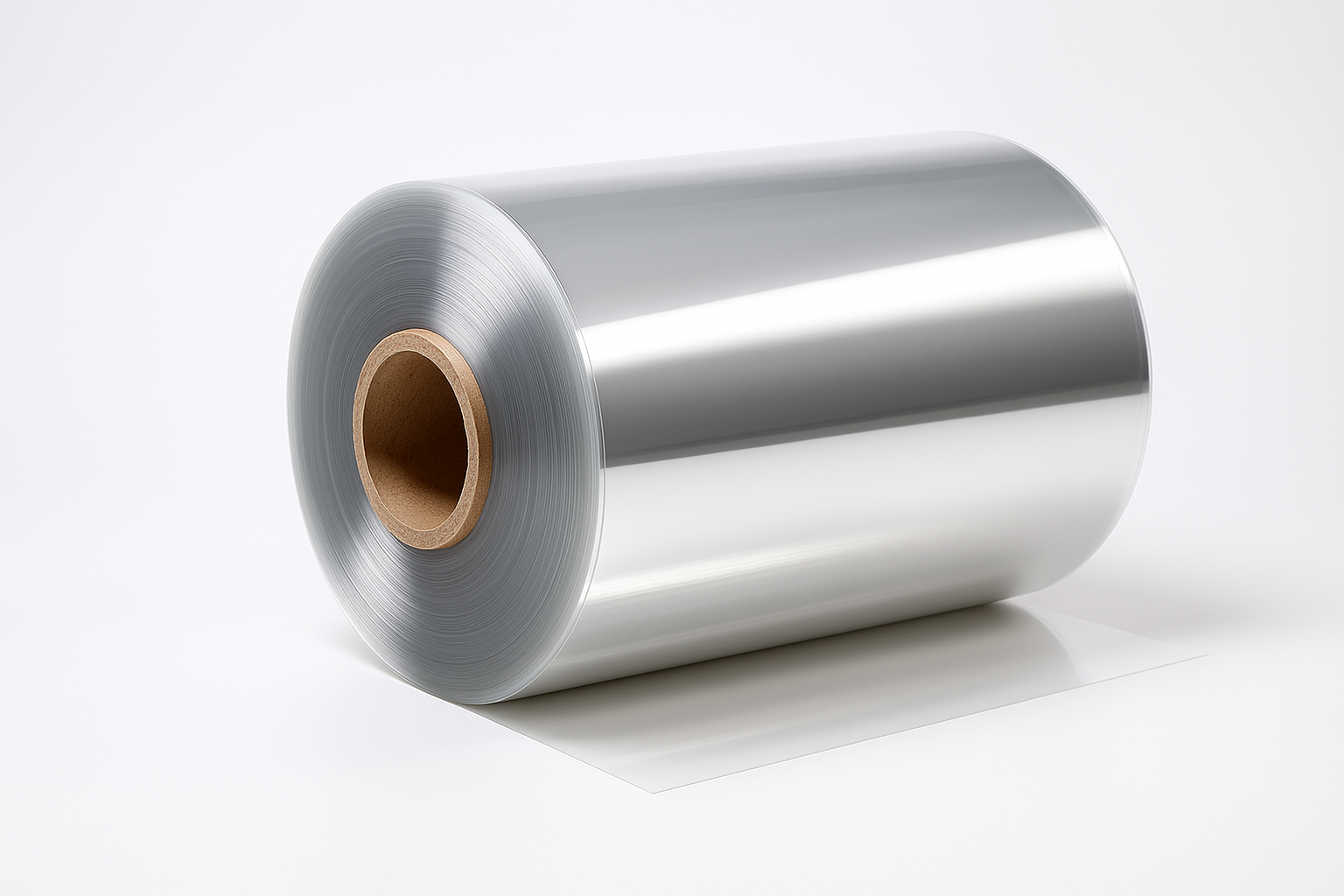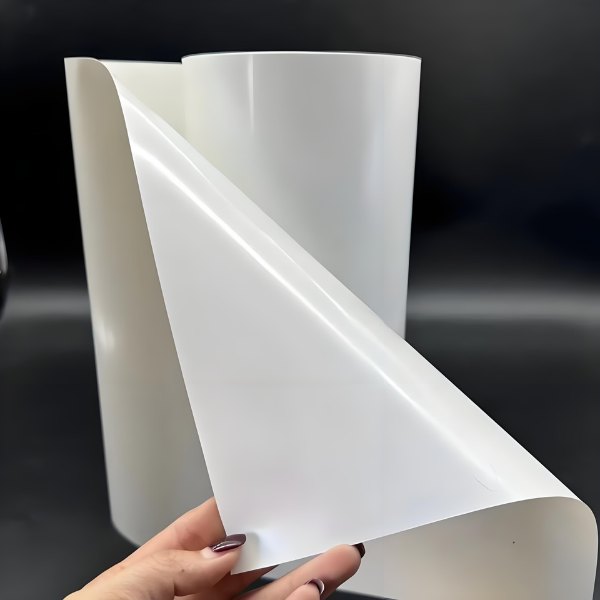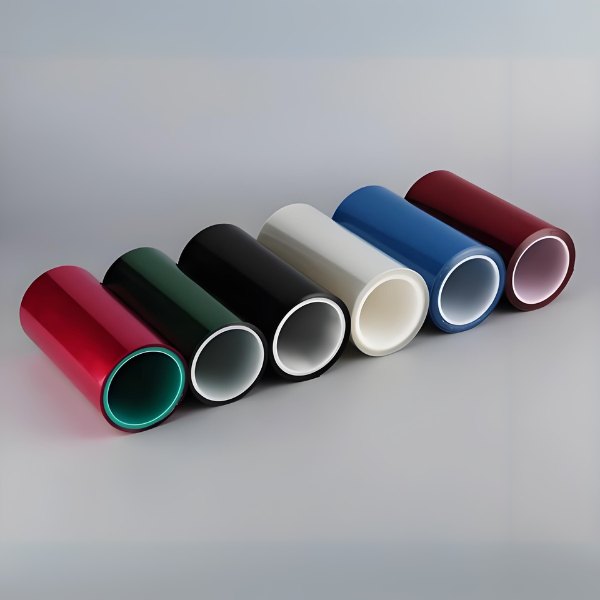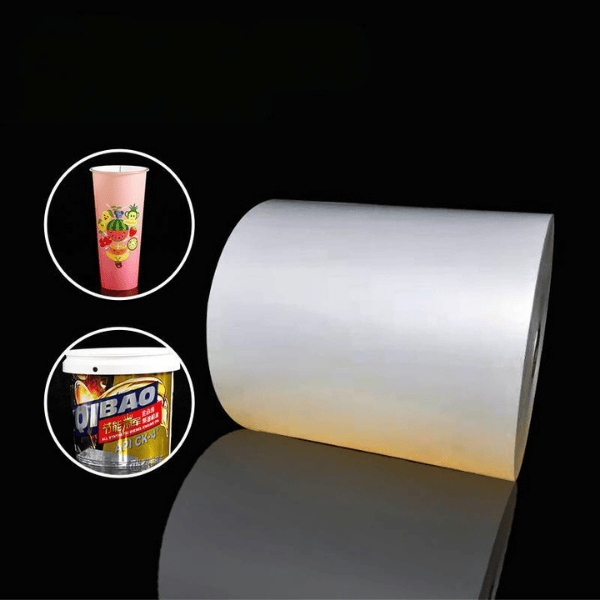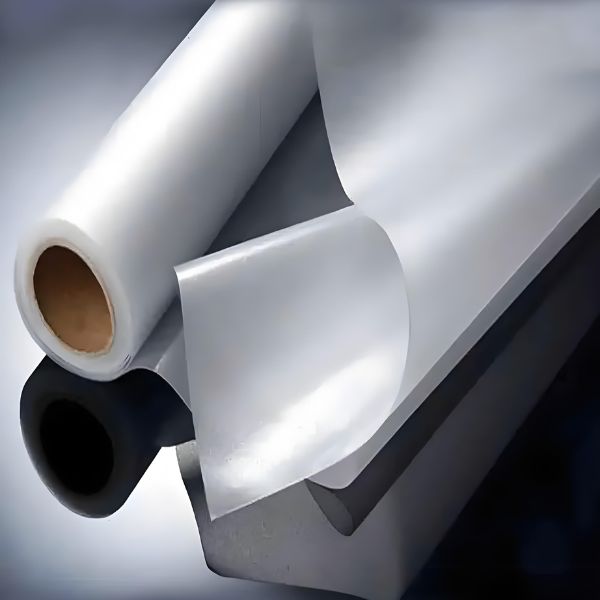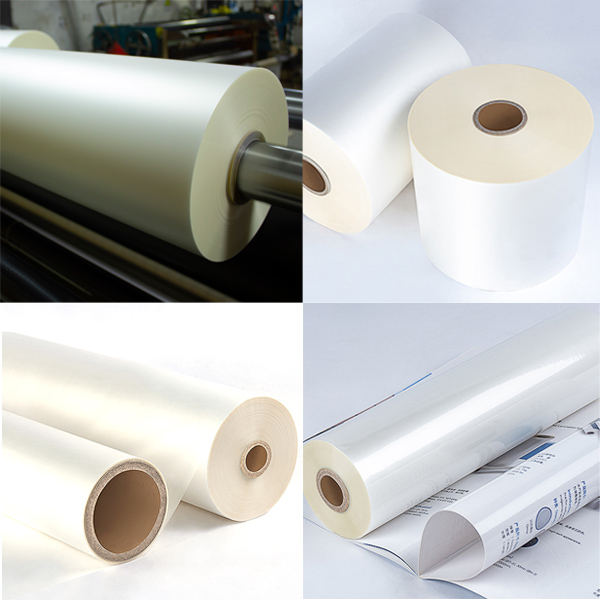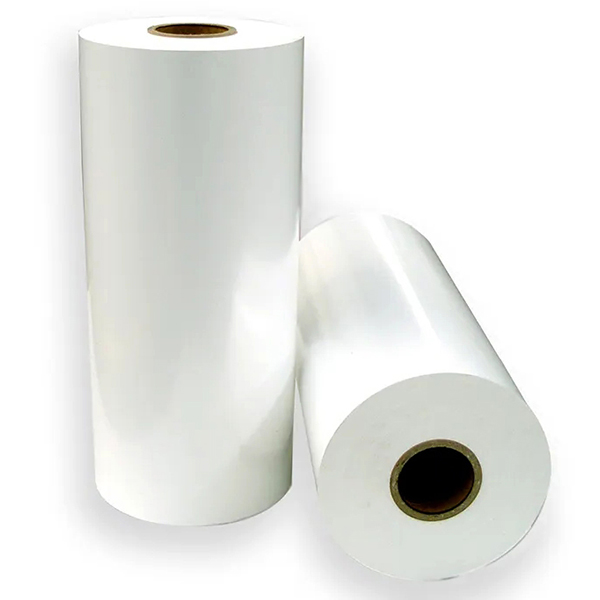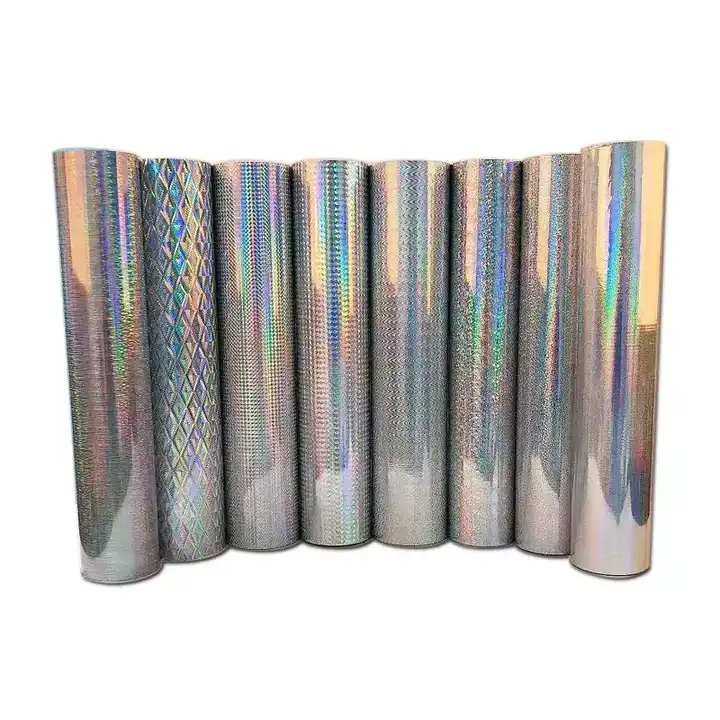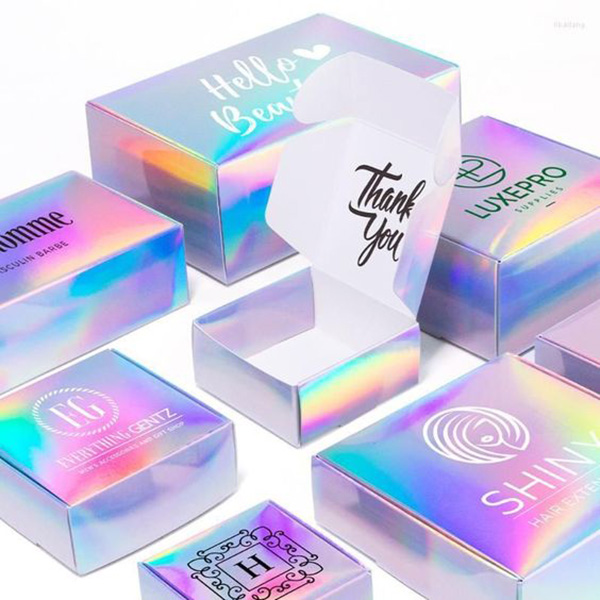Introduction
Holographic film is one of the most visually striking and technologically advanced materials used today. From shimmering gift wraps and security labels to high-end optical devices, its applications are vast and varied. But how is holographic film made? Is it something you can create at home, or does it require specialized industrial equipment?
In this comprehensive guide, we’ll break down the entire process of making holographic film, covering both DIY techniques for hobbyists and large-scale production methods for professionals. Whether you’re a curious beginner, an engineer, or an entrepreneur exploring business opportunities, this article will give you the insights you need.
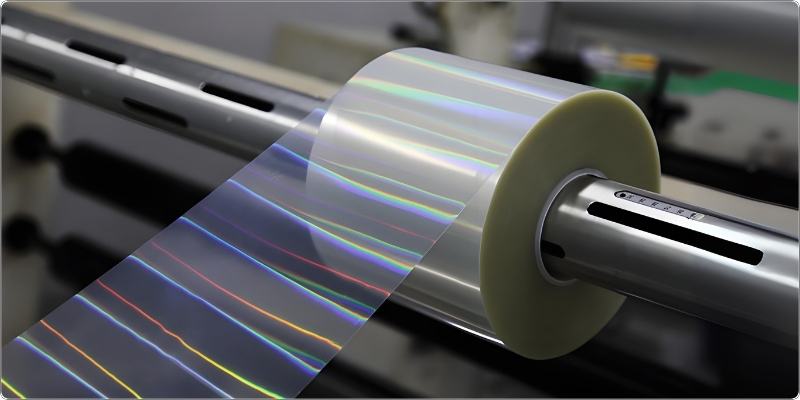
{ Holographic Film Production Line }
What Is Holographic Film?
Before diving into the “how,” it’s essential to understand the “what.” Holographic film is a thin plastic sheet, typically made from PET (polyethylene terephthalate), that has been embossed with a microstructure capable of diffracting light into a spectrum of colors. This diffraction creates the characteristic rainbow-like, 3D visual effect.
Unlike regular printed films, holographic films don’t use pigments. Instead, they rely on light interference patterns, which are recorded onto the film surface through laser or mechanical embossing techniques.
Basic Principles of Holography
The magic behind holographic film lies in the principles of holography, a technique that records the light scattered from an object and presents it in a way that appears three-dimensional.
Here’s how it works:
- A laser beam is split into two parts: the object beam and the reference beam.
- The object beam is directed at the object, and the reflected light interferes with the reference beam on a photographic plate or film.
- This interference pattern is recorded and later illuminated to produce a 3D image.
While true holography requires lasers and precise conditions, most commercial holographic films use simplified embossing techniques to mimic the effect at scale.
DIY Methods: Making Holographic Film at Home
What You’ll Need:
- Clear plastic sheets (like transparency film or acetate sheets)
- Holographic nail polish or special effect spray paint
- A clean, dust-free workspace
- Soft brushes or sponges
- Gloves (to avoid fingerprints)
- Optional: stencil patterns for design consistency
Step-by-Step Guide:
- Prepare the Workspace
Start by cleaning your workspace thoroughly. Any dust or debris can ruin the holographic effect. Use a lint-free cloth to wipe down surfaces and ensure the plastic sheets are completely clean and dry. - Choose Your Base Material
Select a clear plastic sheet that is smooth and flexible. Transparency film works well for beginners. Make sure it’s cut to the size you need for your project. - Apply the Holographic Coating
Shake the holographic nail polish or spray paint thoroughly to mix the reflective particles. Hold the can or brush about 15–20 cm away from the plastic sheet. Apply a thin, even layer across the entire surface. Avoid heavy application, as it can cause uneven drying and reduce the reflective quality. - Let It Dry Naturally
Allow the coated sheet to air-dry in a dust-free environment. This may take anywhere from 30 minutes to a few hours, depending on the product used. Avoid using heat or fans, as they can disturb the coating and create streaks. - Apply Additional Layers (Optional)
For a more intense holographic effect, you can apply multiple thin layers. Let each layer dry completely before applying the next. This layering technique enhances depth and brightness. - Add Patterns or Designs (Optional)
If you want to create specific patterns, use stencils or masks before applying the coating. This is especially useful for artistic projects or decorative films. - Seal the Film
Once the final layer is dry, apply a clear sealant spray to protect the holographic surface from scratches and moisture. This step increases durability and extends the life of your homemade film. - Test the Effect
Hold the finished film under different light sources to see the holographic effect. Natural sunlight, LED lights, and flashlights will each produce different visual results.
Industrial Production: The Real Manufacturing Process
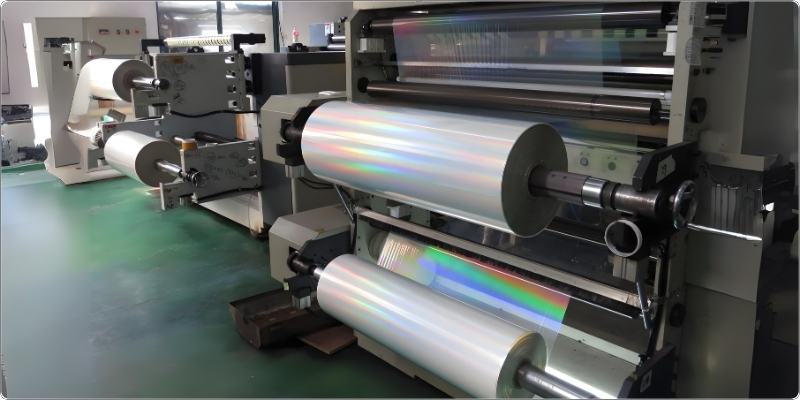
{ PET Holographic Film Production Line }
Key Equipment:
- Vacuum deposition chambers
- Laser embossing systems
- UV curing stations
- Precision coating machines
- Quality control instruments (spectrophotometers, tensile testers)
Step-by-Step Process:
- Material Selection and Preparation
The process begins with selecting high-quality base films, typically PET (Polyethylene Terephthalate) or BOPET (Biaxially Oriented Polyethylene Terephthalate). These films are chosen for their clarity, thermal stability, and mechanical strength. The film is thoroughly cleaned to remove any contaminants that could interfere with coating adhesion. - Metallization (Vacuum Deposition)
The cleaned film is placed in a vacuum deposition chamber. Here, a thin layer of metal—usually aluminum—is vaporized and deposited onto the film surface under controlled conditions. This creates a highly reflective base layer essential for the holographic effect. - Embossing the Holographic Pattern
This is the most critical step. A master holographic pattern, created using laser interference technology, is used to emboss the film. The film is passed through a set of precision rollers under high temperature and pressure. These rollers have the holographic pattern engraved onto them, which transfers the pattern onto the metallized surface of the film. - UV Curing and Coating
After embossing, a protective UV-curable coating is applied to the film. This coating is then exposed to ultraviolet light, which hardens it instantly, providing durability and resistance to scratches, chemicals, and environmental factors. - Slitting and Cutting
The large rolls of holographic film are then slit into smaller widths or cut into specific sizes based on customer requirements. Automated cutting machines ensure precision and consistency. - Quality Control and Testing
Each batch of film undergoes rigorous quality control tests. These include:- Optical Testing: Using spectrophotometers to measure reflectivity and color consistency.
- Adhesion Testing: Ensuring the holographic layer does not peel or crack under stress.
- Environmental Testing: Exposing the film to humidity, temperature extremes, and UV light to simulate real-world conditions.
- Packaging and Storage
Finally, the finished holographic film is carefully wound onto rolls or stacked in sheets, packaged in protective materials, and stored in a climate-controlled warehouse to prevent damage before shipping.
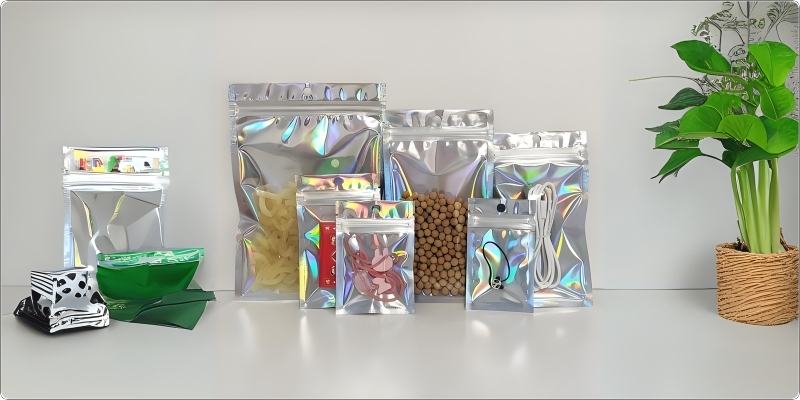
{ BOPP And PET Holographic Film For Various High-End Packaging }
Key Materials and Equipment
Materials:
- Base Film: Usually BOPET or PET for its strength and thermal stability.
- Resins and Coatings: For UV protection, adhesion, and scratch resistance.
- Metallization Layers: Aluminum, silver, or other reflective metals.
Equipment:
- Laser interferometers
- Embossing machines
- Vacuum metallizers
- Coating laminators
Challenges in Holographic Film Production
Producing high-quality holographic film isn’t without its challenges:
- Precision: Even minor errors in embossing can ruin the optical effect.
- Material Costs: High-grade PET and metal coatings can be expensive.
- Environmental Factors: Humidity and temperature must be tightly controlled.
- Intellectual Property: Holographic designs are often patented, requiring licensing.
Applications of Holographic Film
Understanding how to make holographic film is only half the battle—knowing where to use it is equally important.
Common Uses:
- Packaging: Eye-catching designs for consumer goods.
- Security: Anti-counterfeiting labels for banknotes, IDs, and certificates.
- Decorative Films: Used in automotive interiors, home decor, and fashion.
- Optical Devices: Lenses, diffusers, and displays in electronics.
Why Choose CloudFilm for Your Holographic Film Needs?
At CloudFilm, we specialize in the research, development, and production of high-performance holographic films. Whether you need custom designs, bulk orders, or technical consultation, our team of experts is ready to assist.
With state-of-the-art manufacturing facilities and a commitment to innovation, CloudFilm delivers films that meet the highest standards of quality and durability. Let us help you turn your vision into reality.

{ CloudFilm Can Provide You With High-Performance BOPP And PET Holographic Film }
Conclusion
Making holographic film is a fascinating blend of art and science. While DIY methods offer a glimpse into the technology, industrial production unlocks its full potential for commercial use. If you’re looking to source or produce high-quality holographic films, trust CloudFilm to provide the expertise and solutions you need.
Contact us today to learn more about our products and services!
